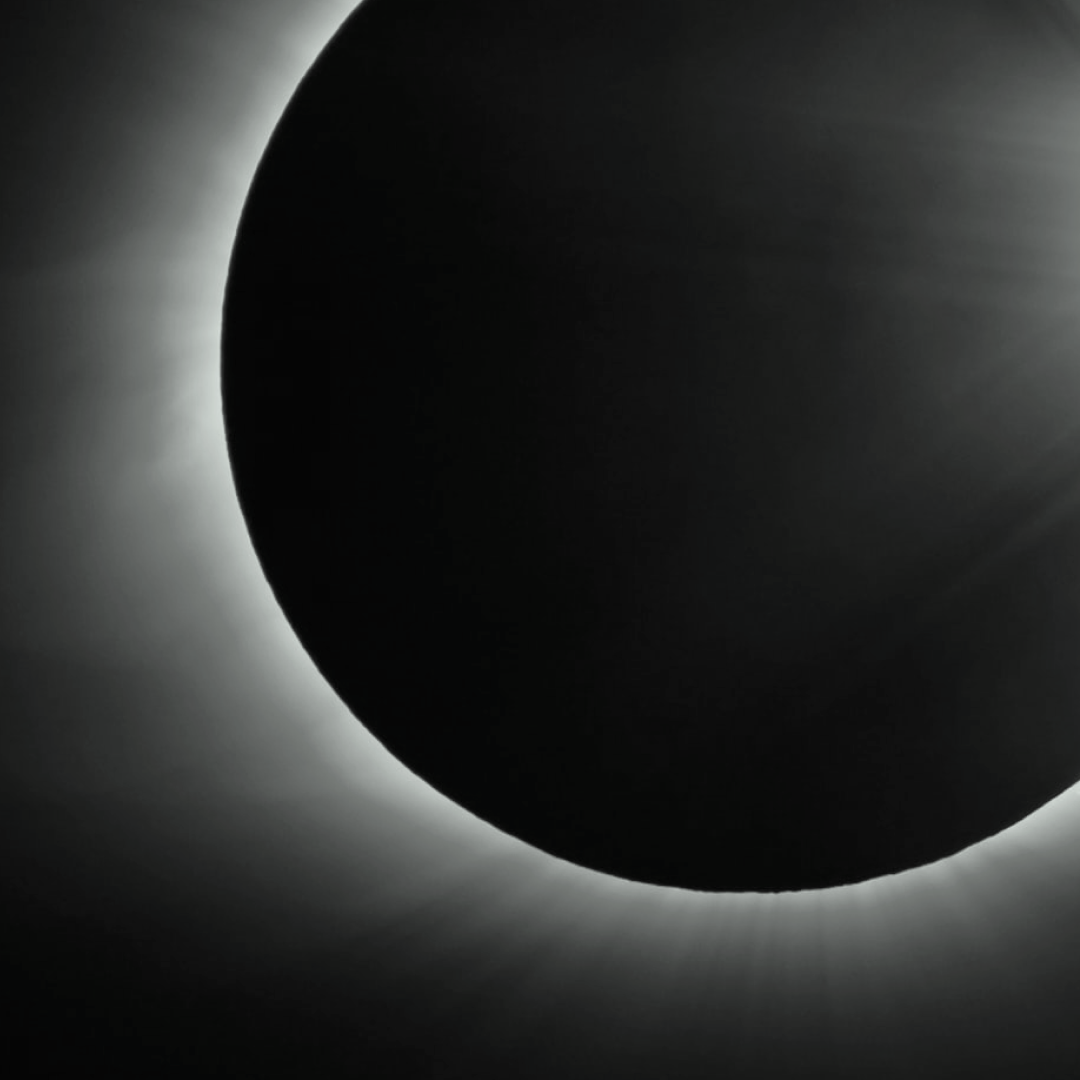The Under-the-Surface Technology That’s Connecting the Power Sector to a Cleaner Energy Future
17.03.2023
Original Publication
Thematica
Renewable Energy
Offshore Wind
Submarine Cables

In the push towards a clean energy future, no single technology alone is sufficient to make the transformation happen. For example, even if you could theoretically generate enough power from solar panels to meet U.S. energy needs, the sector would still need batteries, grid enhancements, smart meters, and more to empower the solar energy.
When it comes to the ancillary technologies critical for the next decade and beyond for the energy transition, one that commonly gets overlooked by those outside the energy sector is submarine cables. This essential companion technology to renewable generation will continue to see focus on their improvement, cost effectiveness, efficiency improvement, and deployment as they represent a key lynchpin towards the success of clean energy technologies.
Defining submarine cables
The advent of submarine cables is nothing new, with communications taking place via submarine cable for over a century and a half. In fact, the first transatlantic cable connecting the United States and Europe saw President James Buchanan exchange telegraphs in 1858 with Queen Victoria. But it’s the recent growth of offshore wind energy, with the first major offshore wind farm deployed in Europe in 1991, that has been the turning point of using submarine cables for power transport.
Submarine cables may also be called subsea cables or undersea electric cables. The term refers to physical wiring infrastructure meant to transport electricity over any distance that requires cables laid at the bottom of a waterway (e.g., the ocean floor) such that the source of the power and its ultimate consumption can be connected despite the body of water separating them.
While submarine cables for communications may look different, submarine power cables have some specific characteristics to them:
Regulations: all submarine power cables installed must be in compliance with the international standard IEC 60288.
Current Type: these cables can be designed to carry alternative current (AC), optimal in cost for shorter distances, or direct current (DC) when longer distances require improvement in electrical efficiency.
Voltage: AC cables will range from about 7 kilovolts (kV) to 525 kV, while DC cables may carry up to 725 kV.
Size: submarine power cables will typically range from 70 millimeters (mm) to 210 mm in diameter.
Distance: AC submarine cables are optimized for distances of about 80 kilometers (km) or less, while longer cables (which can reach longer than 700 km) will use DC technology.
Cost: While communication submarine cables may cost $30,000 to $50,000 per km, submarine power cables can cost over $2.5 million per km.
Market analysts highlight the most notable manufacturers of submarine power cables to include ZTT, The Okonite Company, TE Connectivity, SubCom, Saudi Ericsson, Prysmian Group, NKT, Nexans, and more. As this market continues to grow, legacy companies as well as new players are expected to continue entering the market to try and take advantage of that new and emerging demand.
Submarine power cables as a clean energy technology
While submarine cables aren’t a new development, they are freshly being thrust into the focus thanks to the role they play in the energy transition. This rise in attention has come thanks to two angles:
Tech Advancement: First, the technology has progressed such that these projects are more cost effective and efficient than ever before, opening up new possibilities.
Demand Growth: With international pressure for carbon-free energy rising, anything that can move the needle to put more renewable energy on the grid is seen as critical. These opportunities have led to increased investment in submarine cables.
Specifically, the key role in renewable energy for submarine cables that’s emerged in the past decade is with offshore wind energy. Any generation source off the coast will need cables to bring that power from the turbines to the shore where it can be connected with the grid like any other energy source. But with optimal siting of offshore wind taking place 20 kilometers or more off the coast, connecting these turbines to the grid is no afterthought, which is where submarine cables come into play.
The offshore wind sector started slow, and in 2018 about three-quarters of less than 20 gigawatts (GW) of capacity came from the UK and Germany alone. By the end of 2021, though, several record-breaking years brought total global capacity past 50 GW, including new technologies like floating offshore wind bringing new possibilities and new markets like the United States entering the offshore wind space.
Other renewable energy sources can utilize submarine cable advancements as well, including tidal energy, wave energy, or even floating solar that may be paired with offshore wind. More renewables sited in the waterways means more growth in submarine cable demand.
Rise in international power trade opportunities
"Submarine cables are also opening new opportunities for simple electricity trade between countries"
Beyond just connecting offshore power generation to the shore, submarine cables are also opening new opportunities for simple electricity trade between countries. For years, the ability of countries to trade electricity was limited to direct land-based neighbors building typical transmission infrastructure to cross the border, such as a few key grid connectors between the northern United States and the southern border of Canada.
While right of way challenges and geopolitical debates have long made this trade challenging, more countries are seeking to move past those traditional hurdles given the importance of maximizing sources of renewable generation they consume. Further, regions with high renewable capacity see growing need for additional buyers of that power lest they succumb to curtailment and other negative economic trends for the overbuild of renewable generation.
Combining those market and political drivers with the improving capabilities of submarine cables have opened up new power trade opportunities between countries separated by water:
• The Celtic Interconnector that was recently announced to exchange 700 megawatts (MW) of power for the first time between Ireland and France.
• The U.K. has become one of the world leaders in offshore wind development, so they have early exposure to submarine cables, but their status as an island nation with excess renewable energy to share lets them then tap into that expertise with some high-profile projects. The already operational North Sea Link connects Norway and U.K. to allow exchange of offshore wind from the U.K. and hydropower in Norway, a total capacity of 1.4 GW that allows each nation to benefit from the complementary patterns of these renewable sources.
• The U.K. is also poised to be linked with Germany via the 1.4 GW NeuConnect project, currently under construction and a reaction to the European energy crisis of 2022, which shows how these connections can aid with energy reliability and security.
• France and Spain recently announced efforts to create their first undersea electrical link, which would be one of many new pairings of countries in Europe able to trade power.
These capabilities are immensely valuable to nations, can foster geopolitical collaboration, and are essential to a more interconnected global energy system.
What to watch for next
"Demand for submarine cables is only increasing as energy transition efforts ramp up"
Demand for submarine cables is only increasing as energy transition efforts ramp up. Specifically, offshore wind turbines are increasingly being built in more remote locations, at deeper water levels, in new regions, and using newer floating wind technology, all of which is driving submarine cable needs.
This need for offshore wind is a major driver not just of total demand in the market, but also on the industry pushing the envelope for longer cables with higher capacity. Deepsea offshore wind turbines have much higher generation potential because they can be taller and reach the more consistent and high-velocity winds, but that also requires larger and more efficient submarine cables.
These use cases represent just the beginning as more companies, countries, and investors are going to rapidly start to get involved in the world of submarine cables. Thematica, for example, sees the importance of submarine cables and thus includes holdings in NKT, Prysmian, and Nexans in our Thematica - Renewable Future fund. But for all the value of these submarine cables, the popular narrative has not truly captured the opportunities. Perhaps grid technologies are deemed less sexy as they aren’t as visible as the wind turbines themselves, but we remain strong in our belief of how essential submarine cables will be as the world decarbonizes. If you’re not yet paying attention to submarine cables, consider this a sign to start doing so.



